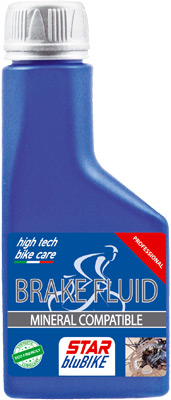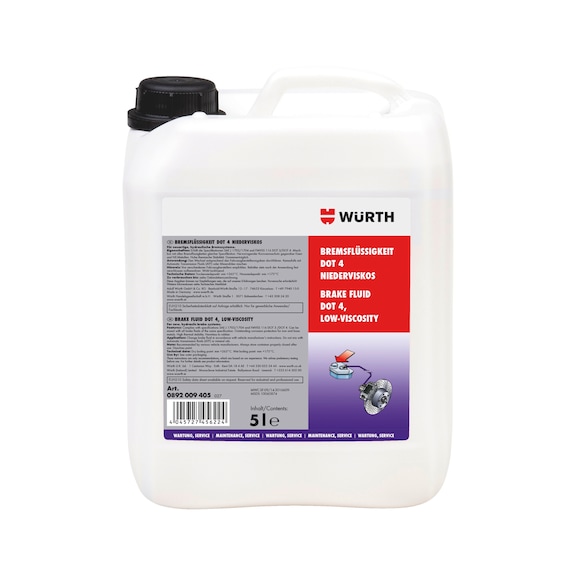

It is often measured by comparing the change in viscosity between 40° C and 100° C.


Viscosity Index is a dimensionless number to describe an oil’s resistance to a change in viscosity when subjected to a change in temperature. So what will the viscosity of a 22 weight oil be at minus twenty? Well, it depends…. This fluid could be appropriate in most mobile applications, but we should first consider a 22 centistoke oil is rated so at 40° C, not -20° F. Half of the consideration is with rated viscosity, such as “22 weight” oil, which is considered to be a low viscosity fluid by most. The solution to cold weather viscosity problems is to choose appropriate hydraulic fluid. I sometimes see cold hydraulic systems with cylinders that retract slower than they extend because of the extra pressure drop created by flow intensification of cold oil. The thicker the oil, the harder it is to pump, and if plumbing distance is long with marginal diameter, a lot of energy can be lost to pumping, leaving little left over to perform work. Hydraulic fluid is highly susceptible to viscosity changes based on temperature, especially if the machine has been sitting idle in the cold. Regardless, even if the seals can hold up from November to March, they won’t make it any easier to pump that ketchup. Luckily, seal manufacturers make solutions for arctic conditions, such as low-temp Nitrile or Viton. Some concern in frigid temperature operation is with seal material, and whether the seal material can avoid becoming brittle. However, the concern is when these metal parts either rub against other metal parts, or the metal parts are attempting to push a fluid as thick as ketchup. Luckily most hydraulic parts are made from iron or steel, which tend to not care about ambient temperature. As one of the longest, coldest winters on record comes to an end (or doesn’t come to an end, in this case), I consider how all the hydraulic machines must have fared throughout the brutal outdoor conditions we’ve experienced in the past four months.


 0 kommentar(er)
0 kommentar(er)
